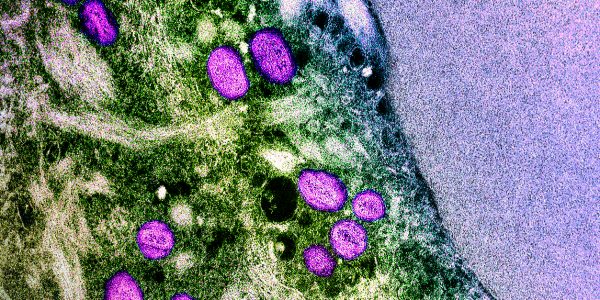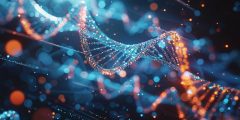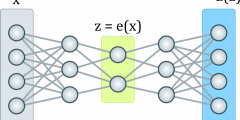Mpox, again
August 19, 2024
On 14 August 2024 the WHO Director-General Dr Tedros Adhanom Ghebreyesus declared that an upsurge of mpox in the Democratic Republic of the Congo (DRC) and a growing number of countries in Africa constituted a public health emergency of international concern (PHEIC). This was the second time mpox had been declared a PHEIC. The last …
From large language models to DNA language models
August 9, 2024
In October 2023 I wrote a blog post about a convergence of large language models or LLMs and DNA. LLMs are subset of generative AI that focus on generating and understanding human language and producing human-like text. DNA is often compared to a language or a code. In the post I quoted a representative of …
Bio-hybrid robots and responsible innovation
August 2, 2024
Do you remember the film that I call in my mind ‘number five is alive’ or to give it its real name “Short Circuit”? It came out in 1986 and features an experimental robot that is struck by lightning, gains intelligence, escapes a military facility, and goes out to learn about the world. The abiding …
Large language models, meaning and maths
July 26, 2024
I was reading an article in The Guardian about two novels by Benjamin Labatut. One novel, published in 2020, is entitled When We Cease to Understand the World and deals with quantum mechanics and war. The second novel The Maniac, published in 2023 and just out in paperback, is about John von Neumann, which brings …
Being all at sea
It’s summer, but it isn’t. It is intermittently grey and rainy and stormy, with a few days of sunshine in between. In another year without a summer, namely 1816, Mary Shelley wrote Frankenstein, or so the myth goes* …. If she could sit in the Villa Diodati in gloomy weather and write, why can’t I, …
How to do things with prompts: Magic words, speech acts and AI
June 21, 2024
Looking at what’s going on in AI sometimes makes me feel like the anthropologist Bronislaw Malinowski, When he first visited the Trobriand Islands of then British New Guinea about a century ago, he became fascinated by the magic words that the islanders used and the actions they were believed to perform. Visiting the land of …










